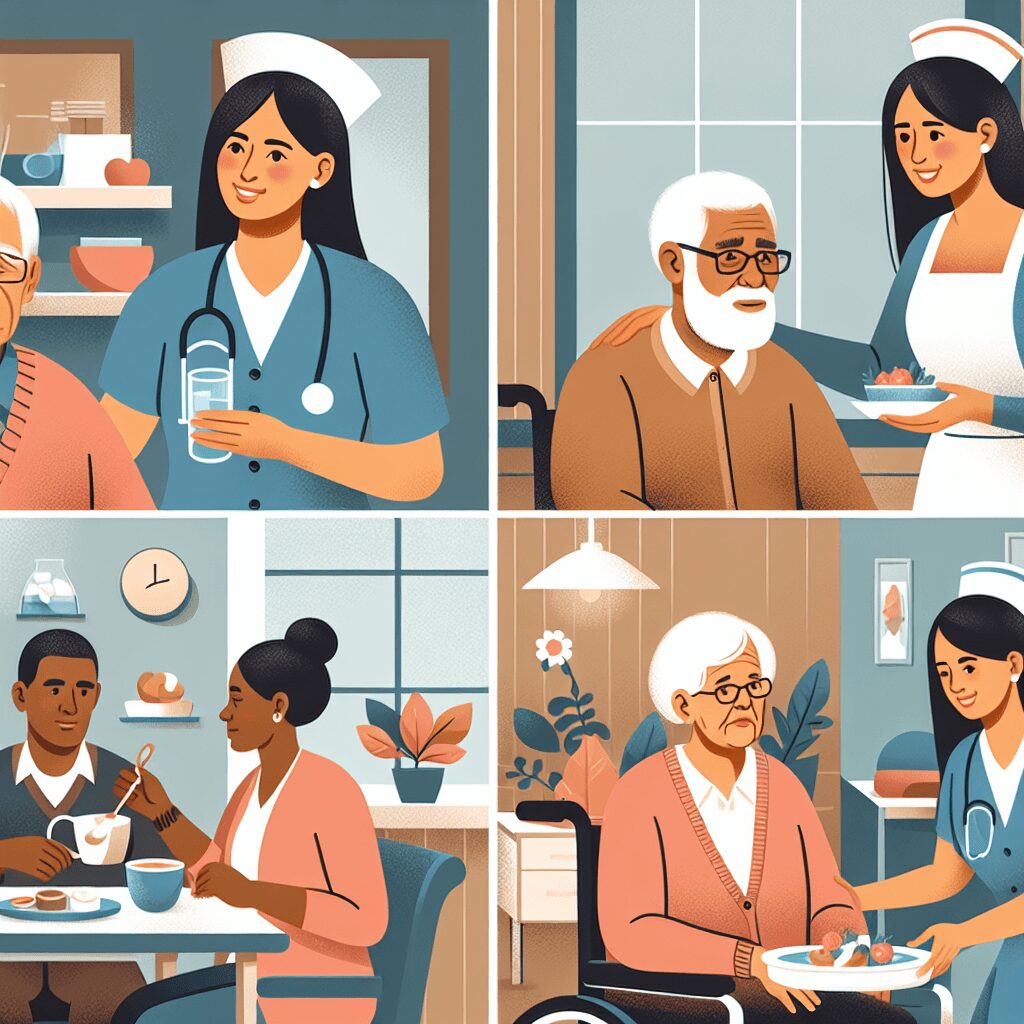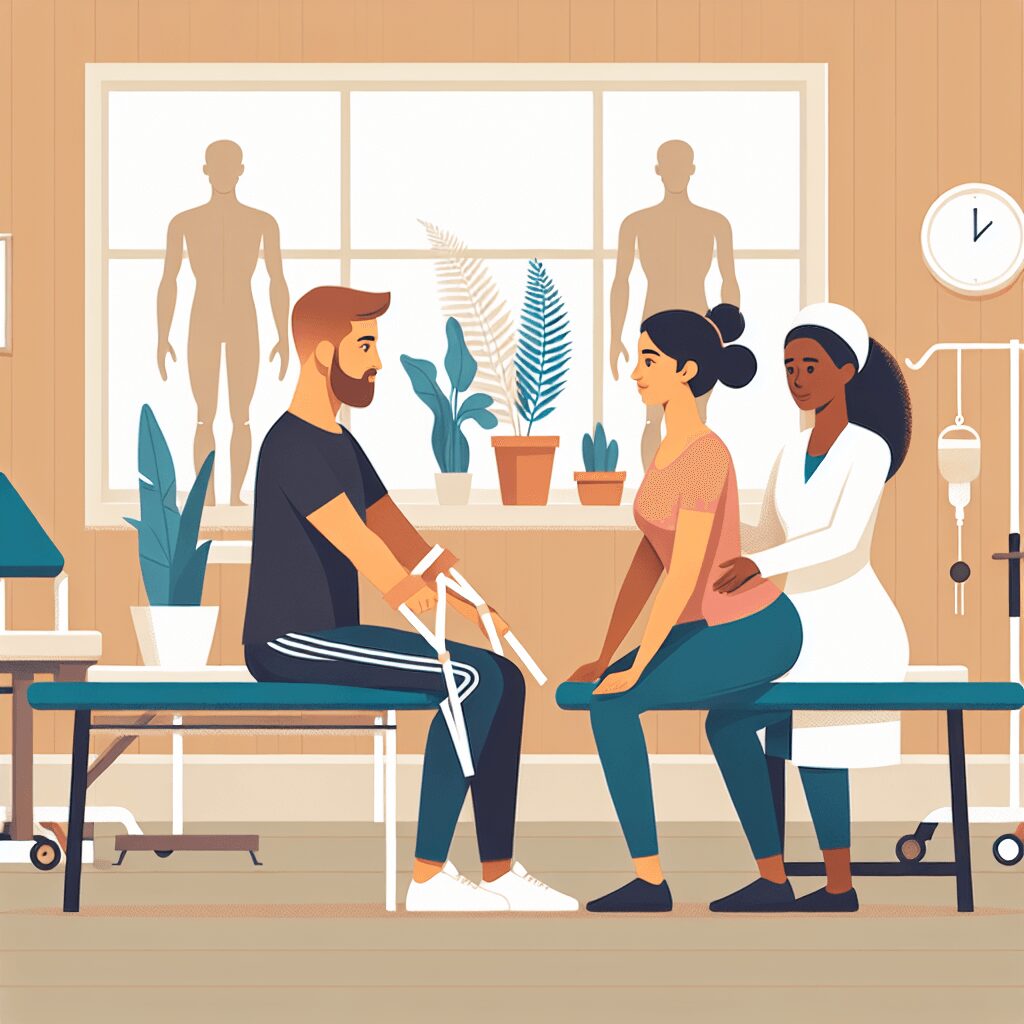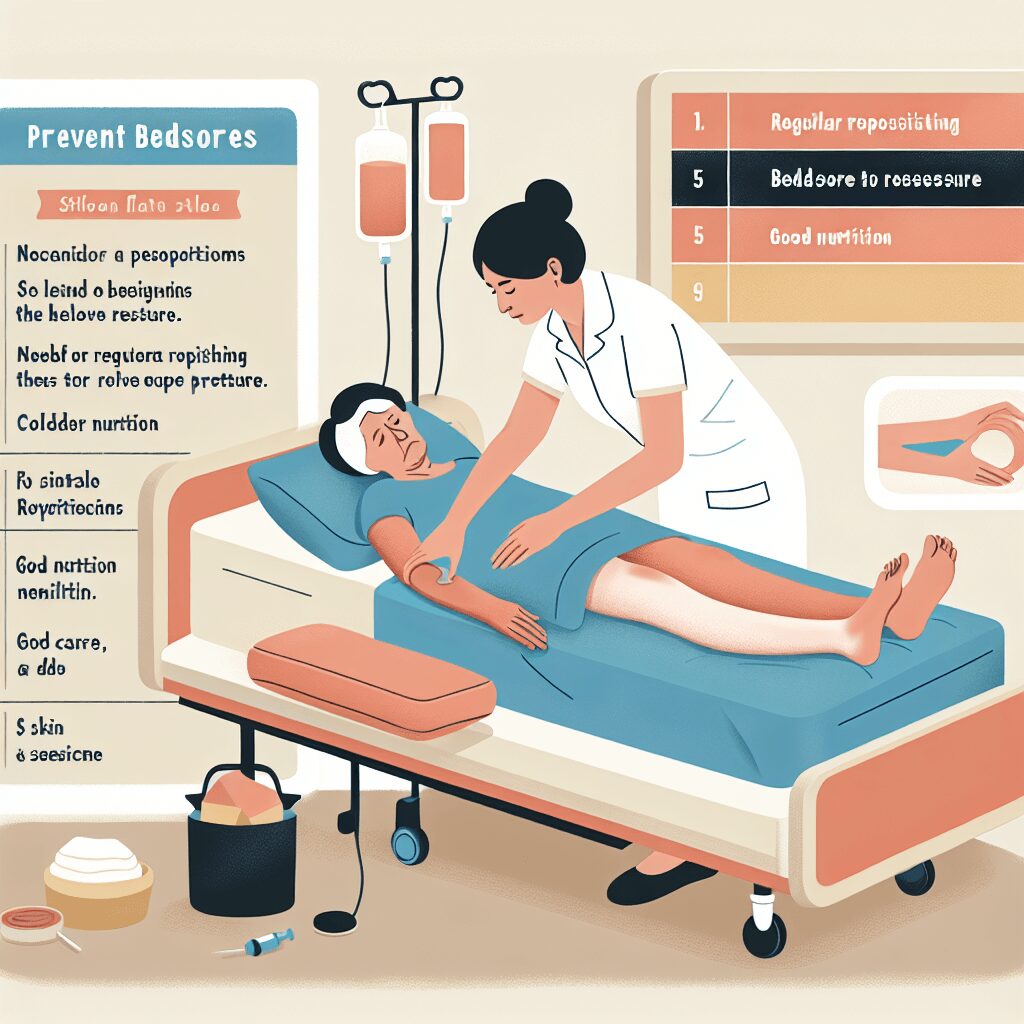What is the difference between receiving physical therapy at home and in-patient rehabilitation?
In a nutshell, home care nursing services is an expansion of hospital treatment, whereas personal care is additional in-home assistance for those who have difficulty performing regular chores on their own.
Home care is typically provided for a set period and takes the kind of rehabilitation which is similar to that which you would obtain in an outpatient or long-term care rehab facility.
An individual could choose to obtain treatment as a home care patient in a facility after being engaged in a severe accident or being paralyzed in an attempt to re-learn activities such as walking and altering muscles so that they can restart regular physiological functions.
As a home care patient in a facility, an individual is probably under continuous medical supervision and receives hands-on assistance from other caretakers. This form of physical evaluation and treatment is perfect for people who need a great deal of help rehabilitating from an accident.
Outpatient treatment and exercise rehabilitation, on the other side, might occur in a center or at a patient’s home. Outpatient treatment and physiotherapy are not supervised and, cared for by medical experts or other caretakers continuously. In comparison to in-patient treatment and, rehab which need the sufferer to obey tight rules and restrictions, this sort of recovery is less strict.
What does physical therapy emphasize?
Physical therapy is a sort of treatment that will assist your close ones to enhance their body’s strength and balance. Physical therapists use a variety of approaches with their patients to help them minimize pain and promote flexibility, as well as improve strength and endurance, all of which can help them avoid falling.
There are additional advantages to a patient receiving physical therapy, including:
- After-surgery rehabilitation
- Increasing the mobility and independence of the patient
- Increasing your stamina
- Improving the posture and walking method of patients
Who needs physical therapy?
Physical therapy has numerous advantages for a patient’s physical performance. Elders are the most likely to require physical therapy following a fall or to relieve persistent pain. By alleviating their discomfort, they are taking the first step toward restoring their body’s normal function. But keep in mind that physical therapy isn’t just for people who are in pain. Many elders select physical therapy as a way to keep their stability, stamina, and mobility to avoid further accidents.
The following are some of the conditions that may benefit from physical therapy:
- Multiple sclerosis disease
- Parkinson
- Stroke
- Early-onset Dementia
- Pain that lasts long
- Hip displacement
The Advantages of Receiving Rehab and Physiotherapy at Residence
After an injury or harm, choosing for home care nursing services and physical therapy has its benefits. They are as follows:
- You may continue your recuperation from the convenience of your own home.
- When compared to obtaining similar facilities as a full-time inmate in an institution, getting medical assistance at home is less expensive.
- If you pick this strategy, you may frequently do exercises that are important for a speedy recovery at your leisure.
- There seems to be no pressure to get healthy when having treatment at home, notably when the costs are modest.
- You can take your time with your rehabilitation and go at your own pace.
What methods do physical therapists employ?
Walking, massage and stretching are common approaches used by physical therapists for their elderly patients. Warm and cold therapy may be utilized to target specific pain spots. Electrical stimulation can often be used to capture pain signals from the brain.








